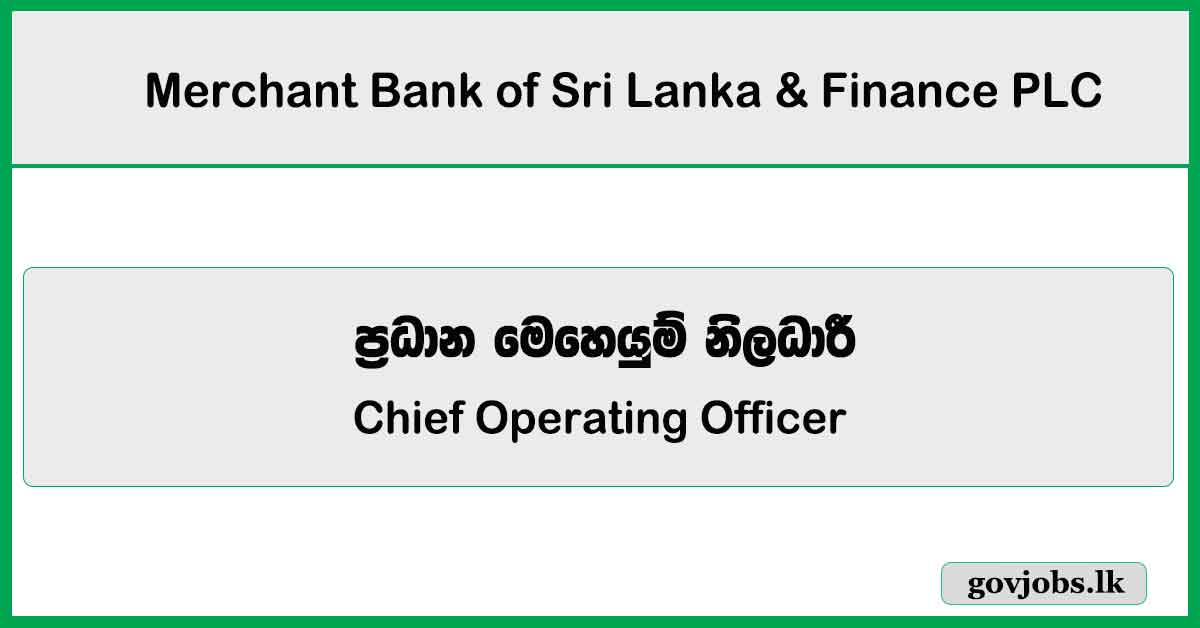
Chief Operating Officer – Merchant Bank of Sri Lanka & Finance PLC Job Vacancies 2025
Merchant Bank of Sri Lanka & Finance PLC invites applications …
Government Job Vacancies, Courses, Exam Results, Past Papers

Merchant Bank of Sri Lanka & Finance PLC invites applications …
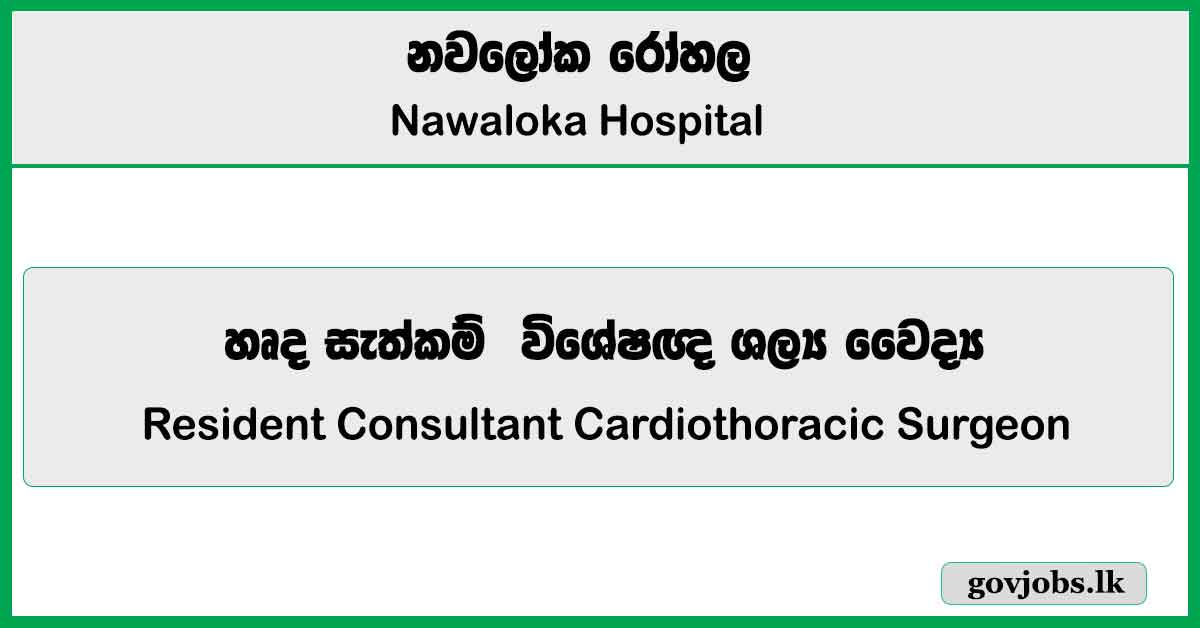
Nawaloka Hospitals PLC invites applications for the post of Resident …

Management Systems Private Limited invites applications for the post of …
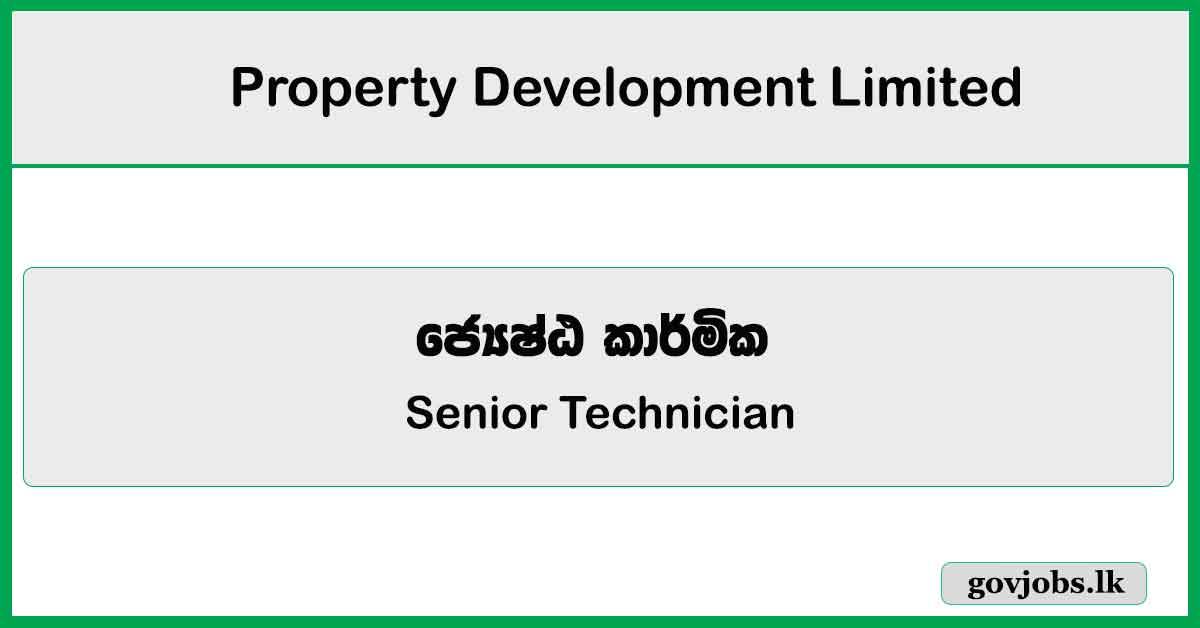
Property Development Limited of Sri Lanka invites applications for the …
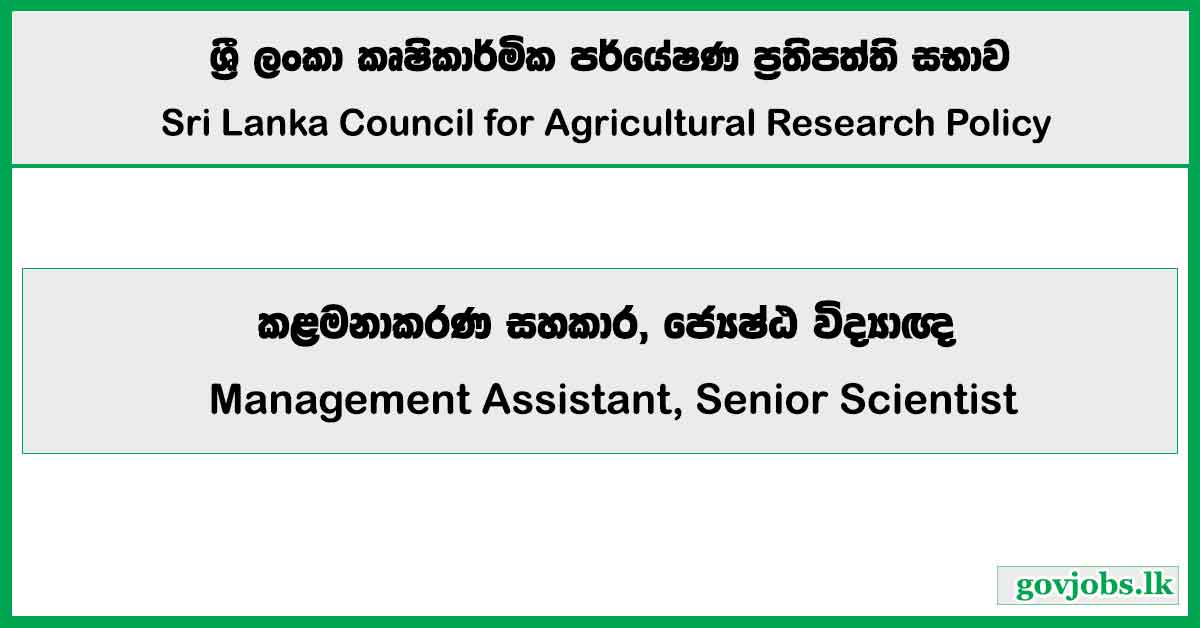
Sri Lanka Council for Agricultural Research Policy invites applications for …
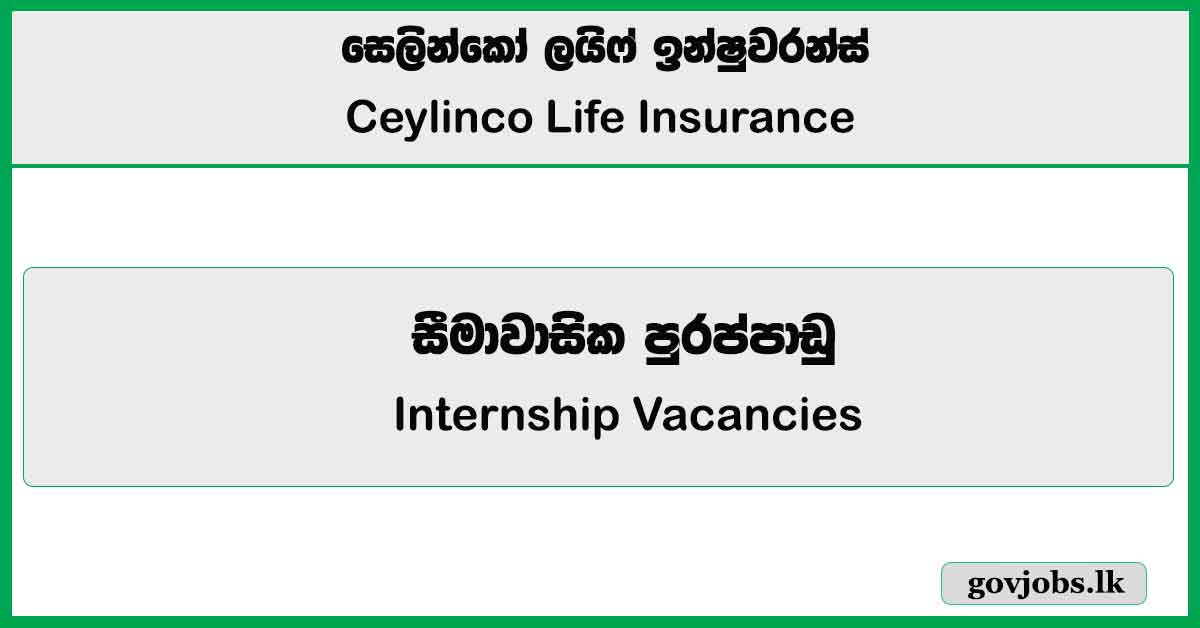
Ceylinco Life Insurance invites applications for the post of Internship …
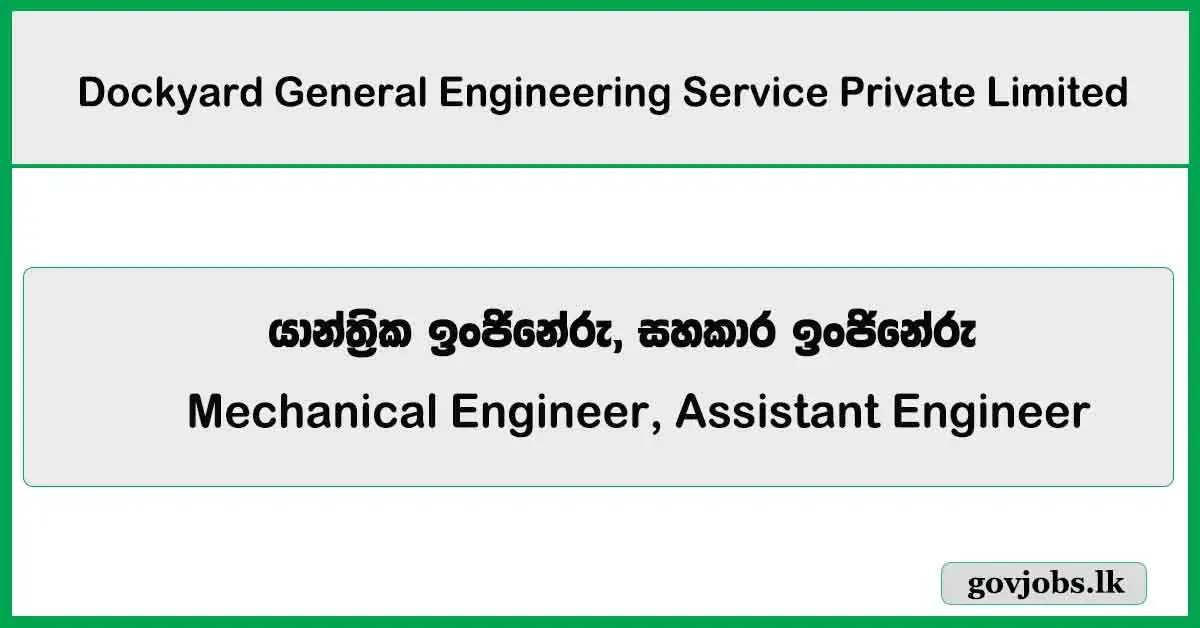
Dockyard General Engineering Service Private Limited invites applications for the …

Management Systems Private Limited invites applications for the post of …

Maritime Placements (Pvt) Ltd of Sri Lanka invites applications for …

Softlogic Holdings PLC of Sri Lanka invites applications for the …